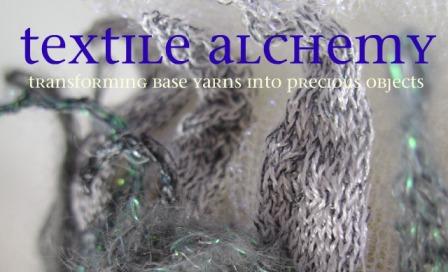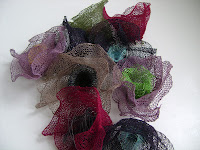Sunday, 26 May 2013
Studies from my sketchbook
I found this lovely gnarly old root on a rather wet walk with my dog a week ago. When I saw it on the ground, the colours just glowed in the early morning light and I could see all the fine lines of stretched and distorted wood filaments. As it dried out in the kitchen it started to loose colour, finally taking on the bleached patina and appearance of an animal skull. A quick lick of oil soon restored the rich colours and texture!
I have been looking at it all week, studying the knots, whorls and lines. I dreamed of a highly textured painting in acrylic or a collage. But I don't think I'm a dedicated painter (or sketcher for that matter). I'm looking for quick results and when my work doesn't turn out how I want, I abandon it for something new. It's hard doing this kind of visual research and yet I know it pays dividends. As I was trying to interpret what I saw it made me think of a Munch painting. Is something screaming to get out?
I think this small lump of timber has a story to tell.
Monday, 20 May 2013
Sunday Workshop
 |
Knitting with wire is a special kind of alchemy. The wire is slippery and not at all stretchy so it takes a while to get used to handling it. When you start knitting it looks like a spider's web made by a very drunk spider! But keep the faith, follow the pattern, and with gentle manipulation of the knitting you will find that beautiful lacey shapes appear. I had designed these lovely fuchsia earrings for the course, the vibrant red and purples look great together. By the end of the afternoon we had a selection of earrings and bracelets to take home.
I have also gone back to my knitting machine this week to make some more rose brooches using stainless steel and wool yarn sourced from Habu Textiles. I just love using this yarn, it's so soft and yet the wire core means that it keeps the open knit structure and shape. These corsages are perfect for a wedding outfit or to customise a hat.
Sunday, 12 May 2013
New Tricks
There is a saying that you "learn something new everyday", well last Friday I learned quite a few new things. Jacobean style crewel work was the order of the day for me and my lovely sewing friends, with Viv leading the session and Marjorie contributing a wealth of books on the subject. It wouldn't have been my first choice but it has a surprising charm in its simplicity.
We started by practising the basic stitches on a piece of calico and this was where I learned my first trick. I discovered that crewel wool (and probably other wool for that matter) must be used in the correct direction: if you run your fingers down the length of the wool it should feel smooth in one direction and rough in the other. When you thread a needle the wool should be pulled through the cloth in the smooth direction. Clever eh?
The stitches are fairly common place, stem stitch, chain stitch, seed stitch, French knots and a new one for me, split stitch which produces a very fine chain effect. But by using wool, the overall effect is of more substantial cloth rather than merely decorative (it's also more forgiving!)
I chose a stylised daffodil motif that looked quite contemporary but was actually taken from a 16th Century design. I drew it onto a coarse linen fabric and then worked the outline with a mixture of green wools. Outlines in stem stitch or split stitch for the finer curves. Infilled with seed stitch and French knots. Chain and split stitch for the stem.
I can't say that I'll be decorating my curtains with crewel work but it's definitely something that I will try again
Monday, 6 May 2013
Old School Printing
Last year I visited the Country Living Christmas fair at Harrogate where I met artist Julia Burns. Her work is stunning - beautiful pictures of farmyard and country animals. I bought a print of a pair of pheasants as a present for my husband. But I was absolutely astounded to learn that all her work is created using potato prints.
Like most people, I thought potato prints were strictly for children but I'm revising my opinion of this humble method of creating patterns and pictures. This morning I armed myself with a small potato, a craft knife and an old metal skewer and made these prints of the fritillaries that grow in my garden.
Subscribe to:
Posts (Atom)





